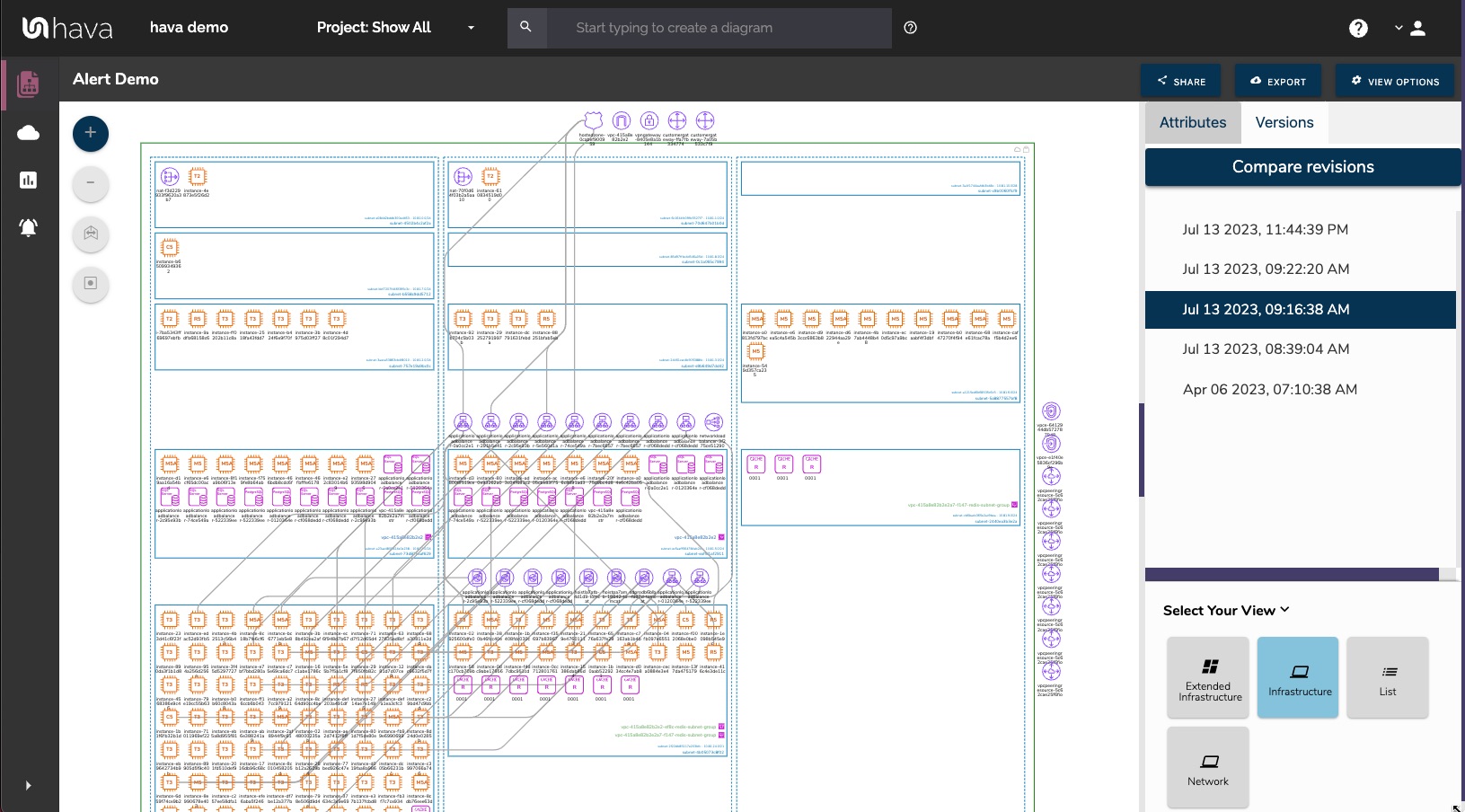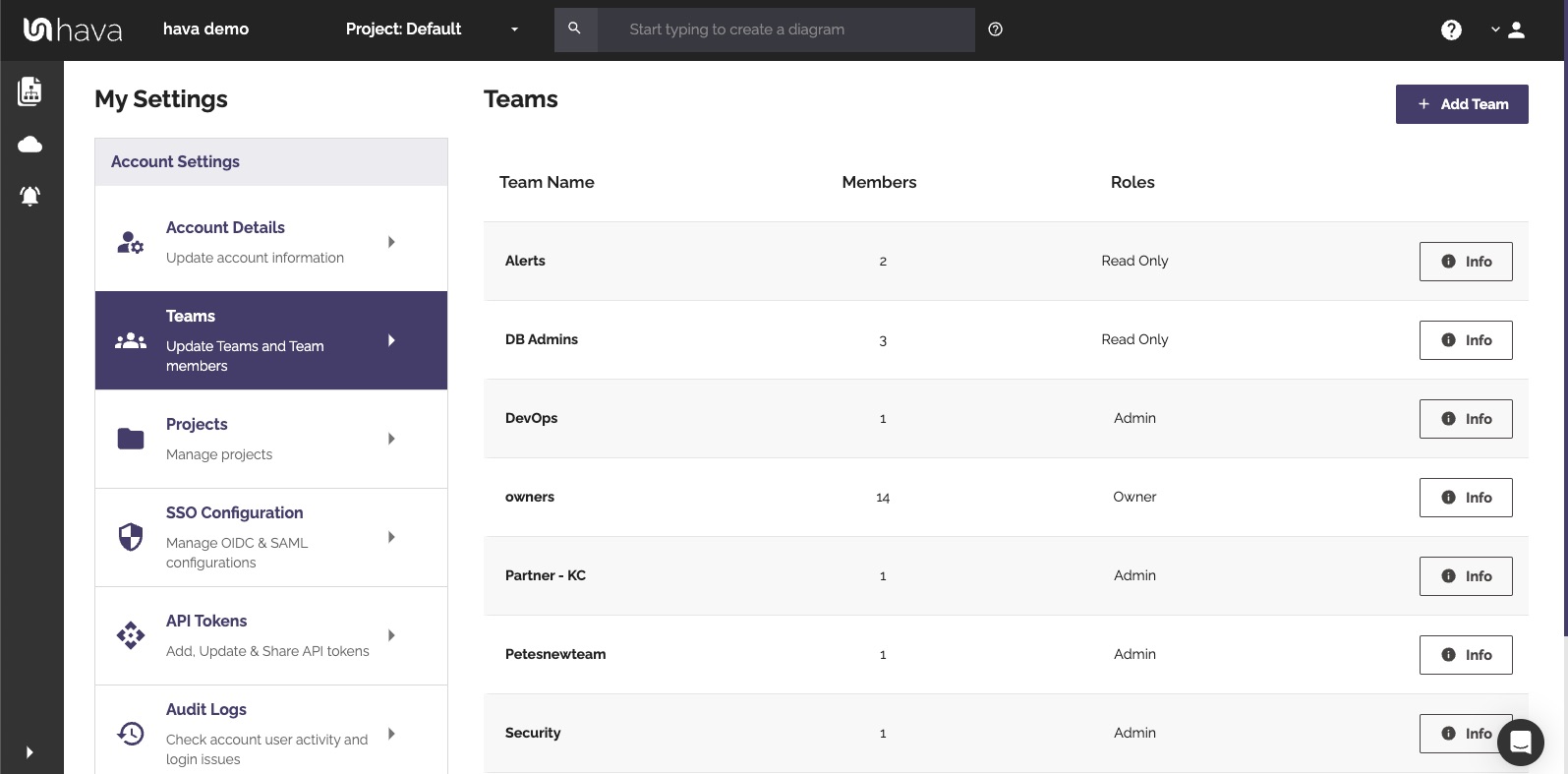When you work with cloud computing architecture, cloud network diagrams are invaluable tools that provide a visual map of an organization's IT infrastructure. These diagrams are essential for effective management, troubleshooting, and documentation of cloud networks. With numerous cloud network diagram software options available, selecting the right one can significantly impact the efficiency and security of your cloud operations. Here are key factors to consider when evaluating cloud network diagram software.
Integration Capabilities
Effective cloud diagram software should seamlessly integrate with various cloud services (e.g., AWS, Azure, Google Cloud Platform). This integration allows the software to automatically retrieve data about the cloud environment, reducing the need for manual entry and ensuring that the diagrams always reflect the current state of the network. Look for software that offers robust API connections and supports a wide range of cloud platforms and services.
Real-Time Updating
The dynamic nature of cloud environments means that changes can occur at any moment. High-quality network diagram software should provide real-time updates to diagrams as changes happen within the cloud infrastructure. This feature is crucial for maintaining an accurate and up-to-date view of the network, which is essential for operational reliability and security monitoring.
User Interface and Ease of Use
The complexity of cloud networks can be overwhelming, and the diagramming software you choose should make it easier, not harder, to visualize and manage your cloud environment. Evaluate the user interface for intuitiveness and ease of use. Look for software that offers a clean, straightforward layout, drag-and-drop capabilities, and customizable views to suit different user needs.
Collaboration Features
Cloud management is rarely a solo endeavor. The right network diagram software should facilitate collaboration among team members, regardless of their physical location. Features like multi-user editing, version control, and sharing options are essential for teams to work together effectively, share insights, and make informed decisions.
Security and Compliance
Security is paramount in any tool that handles data about your cloud infrastructure. Ensure that the software adheres to the highest security standards, including data encryption and secure access controls. Additionally, the ability to track changes and maintain version histories can help in compliance with various IT governance and regulatory requirements.
Scalability
As organizations grow, so do their cloud environments. The network diagram software should be scalable, capable of handling the increasing complexity and size of your cloud infrastructure without performance degradation. Consider solutions that offer flexibility in scaling up and accommodate a growing number of integrations and data points.
Cost and Licensing
Finally, consider the cost structure of the software. Pricing can vary widely based on features, the number of users, and the scale of your infrastructure. Some solutions offer a flat rate, while others may charge based on usage or the number of elements within your diagrams. Evaluate the cost against your budget and the ROI that effective cloud network diagramming could deliver in terms of reduced downtime and improved operational efficiency.
Conclusion
Choosing the right cloud network diagram software is a strategic decision that affects many aspects of IT operations and security. Tools like Hava.io stand out for their automatic diagram generation, real-time updates, and strong integration capabilities, making them a strong candidate for businesses looking to maintain an accurate and actionable understanding of their cloud infrastructure. By carefully considering these factors, organizations can select a tool that not only meets their current needs but also scales with their future growth.






